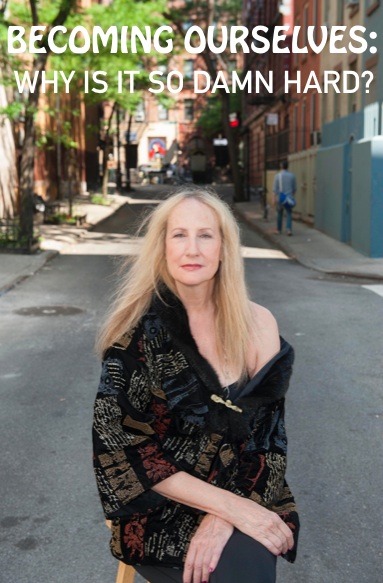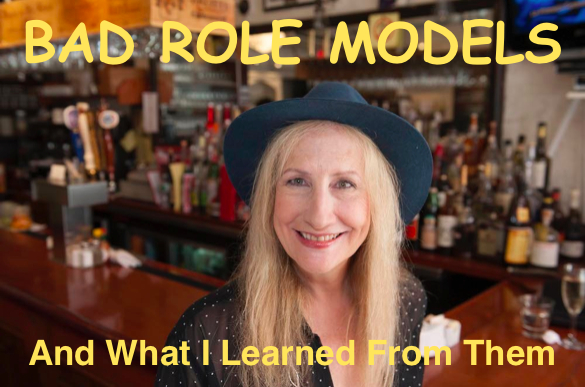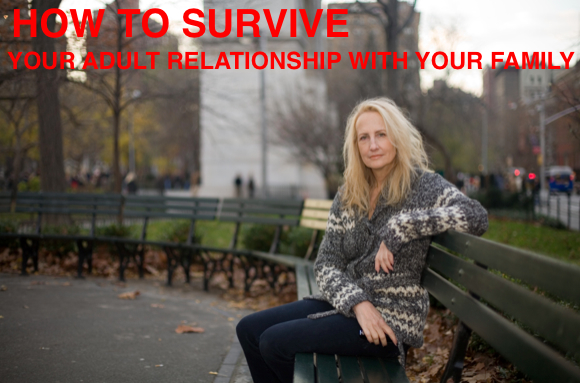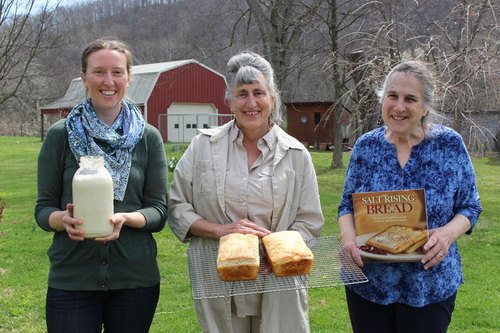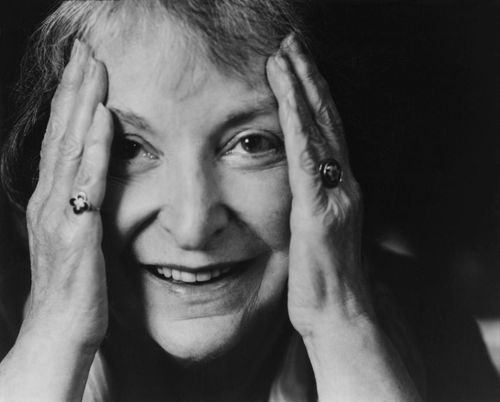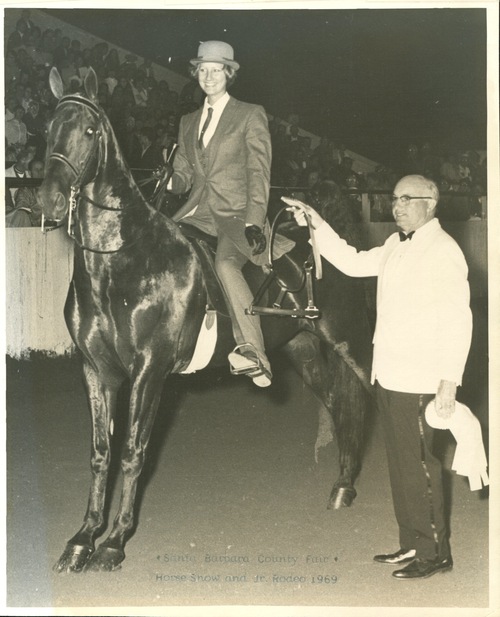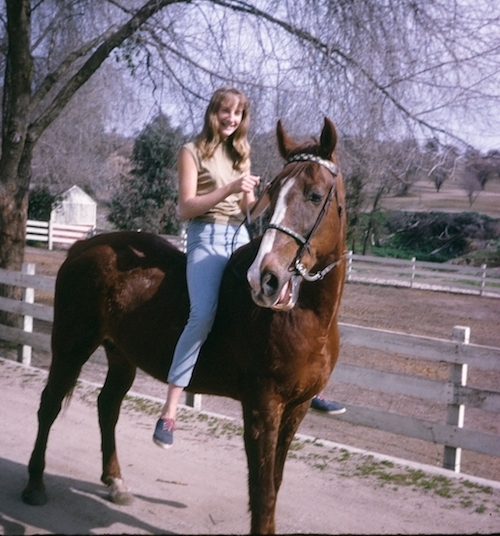INTERVIEW WITH BOB EVANS
 Thursday, August 16, 2018 at 12:58PM
Thursday, August 16, 2018 at 12:58PM 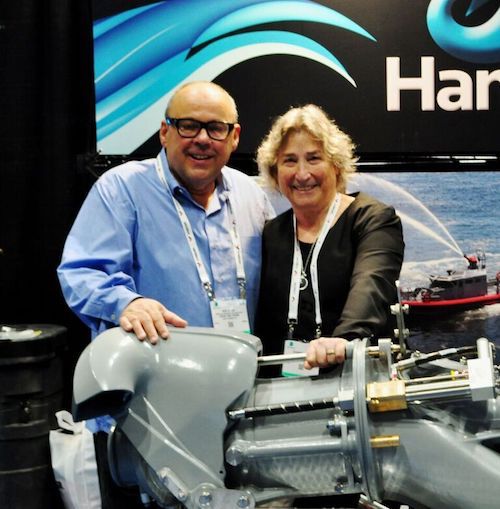 Bob Evans and Susanne Chess
Bob Evans and Susanne Chess
Bob Evans is impossible to pigeonhole. He's best known as an inventor/photographer/activist. And he's certainly one of Santa Barbara's most fascinating citizens -- Bob creates a brainstorm around him wherever he goes. He finds inspiration from unlikely sources and people, as well as landmarks of Santa Barbara life, like the Channel and the Marine life in it. Things that most of us pass by without noticing, Bob celebrates in his art, design and thoughts about how best to keep it part of our life.
His partner, Susanne Chess, describes Bob as a "solutions guy." As she puts it, "Bob's Force Fins were a solution to the problem with fins. His GasPods were a solution to a problem with aerodynamics and fuel savings for existing vehicles. And, on the way to the store this week he solved the problem of who will fill Macy's downtown revitalization, and something else I can't remember right now..."
As you've no doubt already gathered, Bob and Susanne are one of Santa Barbara's great couples: they exude the kind of support for each other's creativity and independent thinking that's all too rare. Not surprisingly, Bob came from a bohemian Southern California family that celebrated art, food, friends and community. And today that family includes their beloved nephew Zach Rosen who, like his uncle, has many talents, among them being a The Beer Guy columnist for the Santa Barbara Sentinel.
Bob generously agreed to answer the following ten questions I had about his work.
POLLY FROST: Where does this unusual drive to find solutions come from in you? Do you go about your day thinking, this does not work, hmm, hey, I have a solution! Or is it something else that gets fired off in you?
BOB EVANS: I am an artist. My father was an artist. My sisters are artists. My mother was a cooking writer. I was raised in a community of writers and artists, and creative energetic people joining us for meals in my parents' yard. Like the luncheons you throw, Polly. My creativity and the ideas and projects they spawned were supported by our community.
Creativity drives a desire to see things better. A sense of caring for all. Divine destiny to save human race from its own destructive actions. I've memories of a large arena, with thousands around tasked with balancing life here on this planet. We were weighing very heavy on the side of dump this round on Earth. Hope is gone. I step up and say, I will go back to turn the tide with others who have a dream of heaven on earth. I heard a "Good luck" and the debate continued as I left.
PF: Where do you get your solution inspirations from? Any Inventors, philosophers or artists who influenced you?
BE: Today, my inspiration is Mark Scot, the State Street person with a grey mane who collects recycled trash with passion. I think he deserves a Santa Barbara Beautiful Award. If you watch, you'll see him collecting trash along State Street, on the beach or beside the freeways. He motivated me to pick up at least one piece of trash and put it in the appropriate trash can every day. It doesn't matter who you are or what you do its inspiring to others if done with passion.
PF: My experience is that most people, especially in the political world, don't want solutions, they just want to complain. Agree or disagree?
BE: I can complain better than anyone. I thought of hosting a reality show, Complainers Corner. No shortage of material. Something to complain about, seeing problems is necessary to offering solutions.
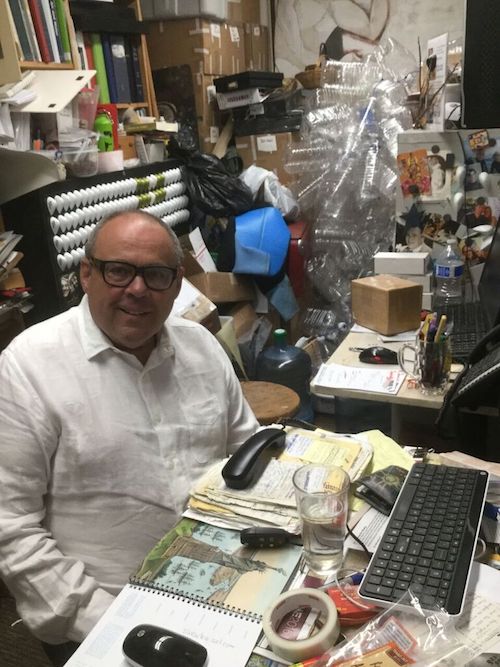 Bob Evans finding solutionsWhat is frustrating, scary with the political world is programming. The media and its followers, the politically elite and not so elite, are programmed to hide in symbols: Blindly rooting for the position of their party, their team, or their brand. And, use these symbols to run interference, on communication, intelligent discussion all of which makes for bad decision making.
Bob Evans finding solutionsWhat is frustrating, scary with the political world is programming. The media and its followers, the politically elite and not so elite, are programmed to hide in symbols: Blindly rooting for the position of their party, their team, or their brand. And, use these symbols to run interference, on communication, intelligent discussion all of which makes for bad decision making.
Take Congressperson Carbajal's introductory bill, H.R. 731, California Clean Coastal Act. Who in Santa Barbara can't get behind that. What a prize politically to be allowed to have his first bill introduced be a symbolic environmental gesture against offshore oil, President Trump and Interior Secretary Zinke in a single swoop.
Read the text, its only 3 paragraphs: "To permanently prohibit oil and gas leasing off the coast of the State of California, and for other purpose, for related purposes and paragraph 3, exempts existing leases." What are "other, related purposes," which require an offshore lease: Ocean current, wave, offshore wind and solar? Should the bill pass, the policy effect is to require any future offshore development in clean energy, current, wave or offshore wind or solar is controlled by the existing oil and gas lease holders.
The bill is a paradigm case of blinded by the enemy, but no one else would say that because it's a great symbol.
 One of Bob's photos in the Marine Megatropolis show at the Maritime Museum
One of Bob's photos in the Marine Megatropolis show at the Maritime Museum
PF: Do you dream about your work?
BE: Dream? I visualize. When I conceive of a product or project, I see a visual image in my mind. I can see the process, what needs to transpire for it to materialize. I see it complete.
PF: Do you feel that the powers that be -- business and political -- want solutions?
BE: It depends. Some do, some don't. There are producers and there are obstructionists. There are those who respect success, and those who resent it. Unless it is Elon Musk.
I can't figure how the same people can cheer about launching a plastic car into space, burning millions of gallons of hydrazine, spewing its effluence into the atmosphere, while at the same time think it means something to pass an ordinance controlling plastic straws.
Don't get me wrong, I'm a world class advocate for the oceans. I don't want to see the gyres growing. We buy my water in glass bottles, wear cotton or linen, and leather shoes. There is no microfiber in our washing machine. My wife, Susanne is an Earth Mother from way back, and we own Fine Fabrics of Santa Barbara so we knew about these things before it was vogue.
I'm a mold maker. Worked with fiberglass epoxy making Force Fin molds for years. I know the hazards of styrene, which I wouldn't use in our tool and dye shop. I have not accepted drinking from a Styrofoam cup for years. And, thanks to Mark Scot I now make it a rule to pick up a piece of plastic someone has left discarded on our streets and deposit in its appropriate receptacle every day.
I take personal responsibility for my actions and those of my brothers and sisters.
PF: You've talked about how to use the off-shore oil platforms to create habitats. How do you feel the current ecology movement regards this?
BE: You know the platforms are a personal passion because of the 7-years I spent diving beneath them, logged over 850 dives, photo-documenting alternatives, historical other-than-oil uses, aquaculture and the marine life as it developed there. Sharing a tiny glimpse of that transformative adventure in Marine Megatropolis (1976-1981) Photos by Bob Evans at the Santa Barbara Maritime Museum threw me into the debate. The Exhibit is now down, traveling to Channel Islands Maritime Museum in Oxnard, next year, but the bulk of it can be seen here.
Education is important. Most people don't know that like ships, the platforms have names. And, that each supports its own unique marine eco-system. What is consistent is that the marine communities established below the offshore oil platforms of the Santa Barbara Channel have been confirmed by Milton Love, Ph.D. of UCSB MSI and his brethren at the Academy of Sciences as among the most diverse and productive marine eco-systems in the world.
To quote my good friend, Jean Michel Cousteau, "We protect what we love." You can only protect it if you know it exists. Through his Ocean Futures Society he continues to educate about the beauty and plight of our Oceans. And, why my Marine Megatropolis educating about the underside of the Platforms and alternative uses is important.
Platform Holly which is currently being decommissioned is 12 times more diverse and productive than any coral reef. More productive than our Channel Islands Marine Sanctuary. In the words of Milton of which I agree, "There are hundreds of millions of organisms living on a typical platform and if you remove a platform, you kill them all, and I think that is immoral."
But, like H.R. 731 California Clean Coastal Act, the offshore oil platforms are a symbol of the anti-oil political coalition of Santa Barbara. Their power base, donations, and re-election depend upon a perception of standing up against the big bad enemy.
Like Roman leaders justifying leveling of Carthage. Destroy everything in our wake. It’s a conflict driven warlike mentality, feeding on an enemy culture. Like just about where every political discussion ends today. It’s a value disconnect.
Our oceans are in peril everywhere, and it is incumbent upon us to be stewards for the life that exists no matter where it chooses to thrive. The value based environmental, moral decision is to preserve the platform jackets, for the platform structure to remain in place. Plug the wells, remove the rig, clean up the oil drilling stuff, but the marine ecosystem must survive.
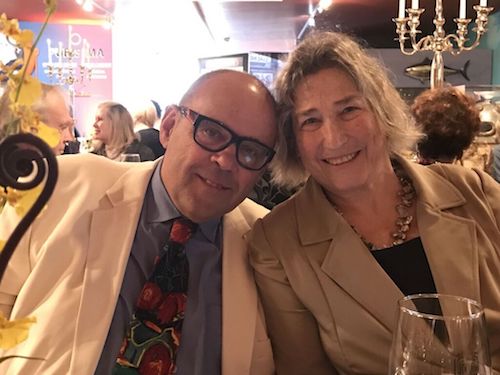 Bob and Susanne enjoying life and foodPF: Susanne says you go through the day having these solution inspirations. How do you keep track of them? Writing them down? Drawing?
Bob and Susanne enjoying life and foodPF: Susanne says you go through the day having these solution inspirations. How do you keep track of them? Writing them down? Drawing?
BE: Photography is a tool I use, as is writing and drawing. I have a life time of log books that, when I look back I find trends. Like our water project. I found an interview of President Johnson discussing how important it was to solve our water problems, to prevent future wars.
Coastal desalination is the solution du jour, but most do not realize that the intake, pressure and filtering of desalination kills marine life, most notably plankton. Plankton supplies more than 50% of the oxygen in our atmosphere, and during its daily migration back and forth from surface to a depth of around 900 feet, scrubs and sequesters more CO2 than land systems. It's the saturation of CO2 in the top 30% of our oceans that is contributing to ocean acidification and global climate change. The outflow of brine from coastal desalination systems creates coastal kill zones. In short, should the Surfrider Foundation lose its one-by-one fight against establishment of 17 Carlsbad size coastal desalination facilities along our coastline, our need for water will roll back any strides for the oceans we think we have made.
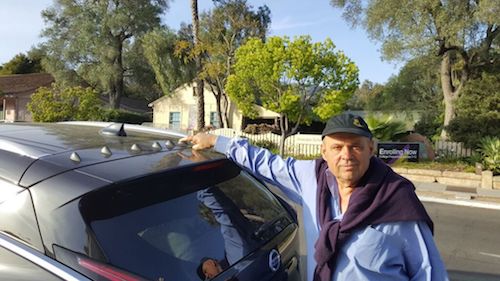 Bob finding alternative ways to save energy minus buying a TeslaPF: What 3 solutions to problems in Santa Barbara would you like to see?
Bob finding alternative ways to save energy minus buying a TeslaPF: What 3 solutions to problems in Santa Barbara would you like to see?
BE: We are working on solutions to global problems right now: We just filed patents on a project we've been on since 2015, a new method of desalination that came in around 40% more energy efficient and is designed to have around 90% less environmental impact.
Our experience working with the City of Santa Barbara is stonewall. One example for my Complainers Corner, our AeroHance GasPod Project.
I talk with the Mayor, it was Helene Schneider when we started in 2012. I offer to GasPod their commuter vehicles at no charge. The Mayor refers us to their environmental officer, who cuts us short by advising she is under no obligation to work with vendors. How about local businesses?
Their fleet manager refuses to engage us further, summarily dismissing the product as tried and it does not work. As we were just starting out, we knew where every GasPod landed, and it was not on any City vehicle for him to try.
We turned to individuals and businesses, locally Ablitts, The Berryman and Kanaloa reported savings of fuel, money and reduced the carbon foot print of their delivery vehicles. They are just a few of the 10s of thousands who took initiative to Be Atmospheric: Our mantra, if just 2% of the close to 2 billion drivers reduce their fuel consumption by 5%, our baseline for effectiveness, it means more to the environment than any government or industry program in effect today.
Motivating personal initiative. Population is our biggest problem today, but people can be a powerful force for good if educated and motivated, not just manipulated.
PF: You and Susanne seem to have a great partnership. Is Susanne different from you in her approach to life?
BE: She has more patience, which she needs with me. I am a handful. I think we agree on lifestyle. We could not have been together for 50 lifetimes, a past life reading revealed, if not. She does approach problem solving and projects differently than I do. In that way we are complimentary.
PF: I believe great design genius simplifies rather than complexifies. But I find it's common in America to reject simplification. Agree or disagree? If you agree, why do you think they reject simplification?
BE: I think technology has contributed to this. I grew up drawing pictures and posing for my father's clay sculptures and sitting for his paintings. He was a classically trained artist and rolling into the 1960s simplicity was a paradigm. Problem solving the way I learned was a creative process, and elegance was the standard. Problem solving the way the post technological generation has learned is gaming. The more problems you solve in a computer game, the more complex the next problem you approach. There can never be a solution.
TO LEARN MORE ABOUT BOB EVANS AND SUSANNE CHESS:
